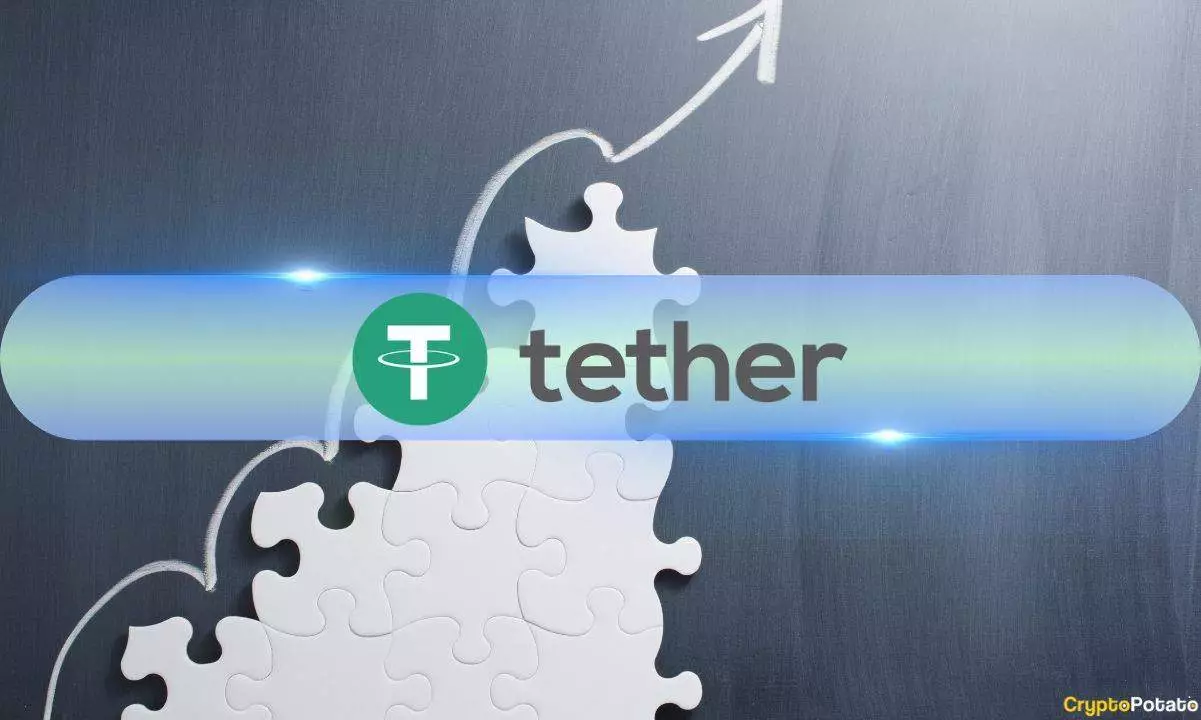Tether, the dollar-pegged stablecoin, has experienced a significant surge in total assets over the past six years, now nearing $100 billion. With $95.2 billion in total assets, Tether’s market capitalization has grown exponentially by 6,560% since the beginning of 2018. This astonishing growth has caught the attention of investors and experts, including Gabor Gurbacs, a strategy advisor for VanEck.
Gurbacs, known for his support of Tether, likens its potential to that of a Bitcoin ETF. He reflects on the initial skepticism towards his support and the underestimated exponential innovations in the market. Gurbacs emphasizes the importance of trusting ambitious projects and predictions that may sound crazy at the time, highlighting the role of small, determined teams in bringing these innovations to life. Tether’s evolution into a Central Bank Digital Currency (CBDC) is a testament to the underestimated potential of such projects.
Tether’s success can be attributed to its high yields on US Treasury bills, which have allowed the firm to generate substantial profits. The transparency report reveals that 85.7% of Tether’s reserves consist of cash, cash equivalents, and other short-term deposits. Among these reserves, 76.4% are invested in US Treasury bills, while 11% are allocated to overnight reverse repurchase agreements and money market funds. This diversified asset allocation strategy has contributed to Tether’s financial stability and profitability.
Despite stablecoins representing only 7.2% of the total crypto market capitalization, Tether has emerged as the dominant player with a market share of nearly 70%. Over the past year, Tether’s supply has witnessed a significant growth of almost 40%, while its major competitors have experienced declines. Circle’s USDC supply has shrunk by 44%, reducing its market share to around 19%. MakerDAO’s DAI and TrueUSD (TUSD) hold the third and fourth positions, respectively, but with considerably smaller circulating supplies.
The stablecoin market’s composition has shifted over time, with stablecoins representing a lower percentage of the overall market capitalization compared to previous years. In 2022, stablecoins accounted for approximately 16-17% of the market, indicating a significant decrease. This transition suggests a changing landscape in the crypto market, with other cryptocurrencies gaining more prominence and stablecoins losing their former dominance.
The rise of Tether to nearly $100 billion in total assets reflects its resilience, profitability, and dominance in the stablecoin market. Tether’s exponential growth should not be underestimated, and its transformation into a CBDC showcases the potential for ambitious projects and predictions to revolutionize the crypto industry. As the stablecoin market evolves, Tether’s continued success will depend on its ability to adapt and innovate in a changing landscape.


Leave a Reply